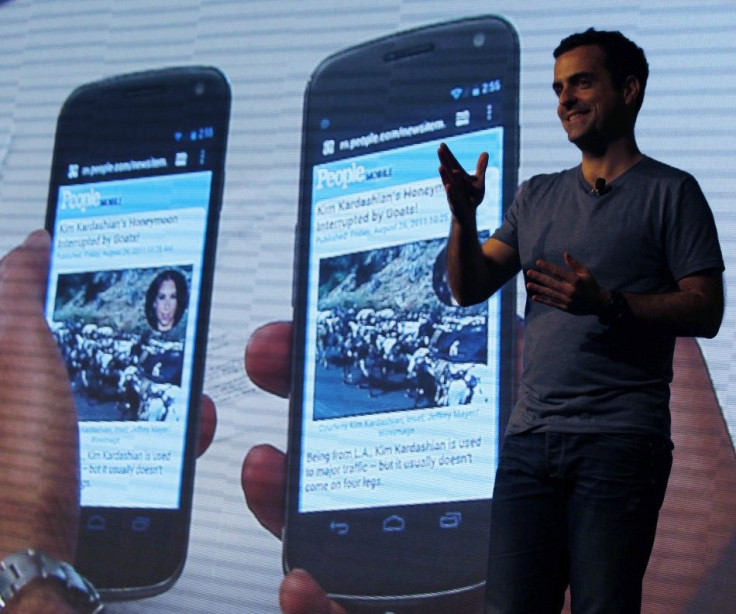Google Ice Cream Sandwich OS Details Revealed
A Rundown of Android 4.0 Key Features

After a short delay, Google and Samsung have finally dished out the details of the new mobile OS, Android 4.0 Ice Cream Sandwich (ICS).
The update includes a ton of new features that make the OS more intuitive. Google overhauled the user interface to make it simpler and more visually impressive with new features like the Roboto font. The new mobile OS comes with an upgraded voice input system along with some cloud storage connectivity.
Android Beam was a new feature that got a lot of wows from the audience. It's a near-field communication app that lets users share YouTube videos, directions, articles, and docs. All you have to do is hold two Android devices back to back, the screen will then shrink a bit and then tap the content to share. During the keynote developers showed one phone playing Minecraft and with a tap it brought a second phone to the game market with Minecraft loaded.
Another heavily touted feature was the Face Unlock security option. Users can unlock their phones by holding the device's camera in view of their face. The face recognition seems to work pretty fast and if the light isn't good enough, it will fall back on the old gesture unlock system.
Speaking of the camera, the Android will also feature an updated photo interface. There will be zero shutter lag when taking pictures. There will also be time lapse and panorama settings. There is even a built-in photo editor and a new photo management layout. It's also easier to take screen shots by holding down the power and volume down buttons. Also the new OS lets you zoom in while recording video.
Android users also get better control over multitasking and launching apps. Widgets will now enjoy their own tab; similar to the app tab. ICS also keeps a list of recently used apps in the System Bar for better multitasking. Also users can launch apps from the lock screen.
ICS also features better social integration. It connects people on your phone list to their social networking profiles, sharing their status updates and events they post.
Users will have more control over the data that is sent and received to their phone. ICS will monitor how much data is being sent over the wireless signal and let users cap data usage if it reaches a certain point. That will be useful since carriers usually charge people extra if they go over their data allotment for the month. Also users can kill apps that are constantly sending background data.
Browsing the internet will also be a much better experience. Android will allow up to 16 tabs whiles surfing the web and will automatically sync with Chrome bookmarks.
Along with those key features Google has made it much easier to manage emails, copy and paste data, and use the calendar. The whole system has been made to be more intuitive, better looking, and easier to use.
The new Android OS will be tied to the release of Samsung's Galaxy Nexus, which will launch in November.
© Copyright IBTimes 2024. All rights reserved.











